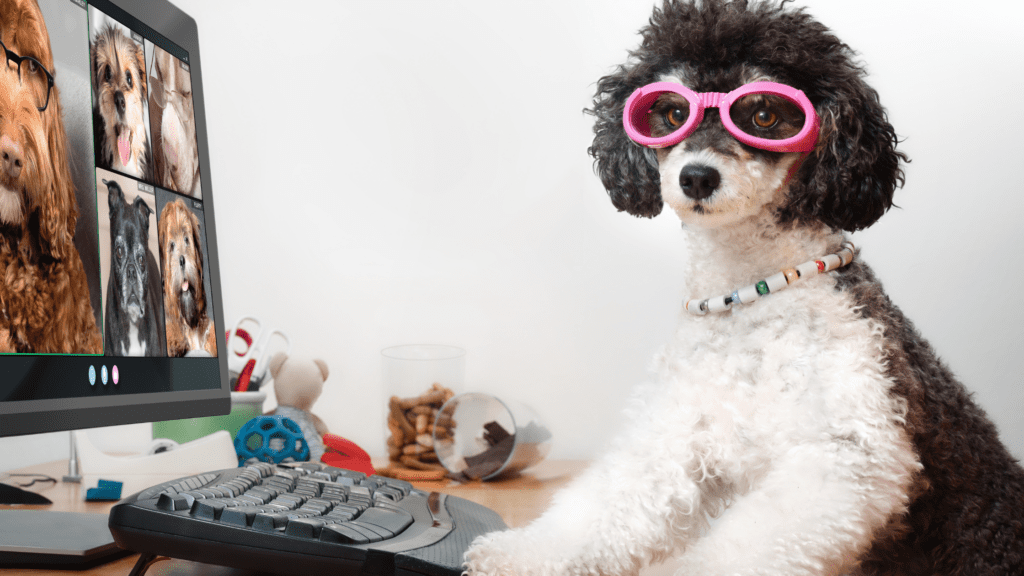Understanding Pet Body Language During Grooming
Pets are cherished members of our families, and ensuring their well-being goes beyond providing food and shelter. Grooming is a crucial aspect of pet care, but understanding your furry friend’s body language during the process is equally important. Let’s delve into the intricacies of “Understanding Pet Body Language During Grooming” to foster a positive and stress-free experience for both you and your pet.
Introduction
Importance of Understanding Pet Body Language During Grooming
Grooming is more than just keeping your pet clean; it’s an opportunity to bond and build trust. Recognizing and interpreting your pet’s body language during grooming can significantly enhance the experience.
Establishing a Positive Grooming Experience
Creating a positive grooming routine sets the foundation for a lifetime of stress-free sessions. It’s essential to approach grooming with patience, empathy, and a keen understanding of your pet’s signals.
Signs of Comfort
Relaxed Body Posture
One of the key indicators of a comfortable pet is a relaxed body posture. Learn to identify when your pet is at ease, allowing for a smoother grooming process.
Wagging Tail as a Positive Indicator
A wagging tail is often associated with happiness, but understanding the nuances of tail movements can provide insights into your pet’s emotional state during grooming.
Signs of Discomfort
Tensed Body Language
Pets may exhibit tension during grooming, signaling discomfort. Knowing how to identify these signs can help you adjust your approach accordingly.
Ears Back or Flattened
Ears flattened against the head are indicative of unease. Understanding ear positions is crucial in gauging your pet’s comfort level.
Reading Facial Expressions
Understanding a Pet’s Eyes
A pet’s eyes convey a multitude of emotions. Learn to read their gaze and expressions to gauge their comfort level during grooming.
Interpreting Lip Licking and Yawning
Subtle behaviors like lip licking and yawning can be signs of stress in pets. Unravel the meaning behind these gestures to ensure a gentle grooming experience.
Tail Language
Wagging vs. Tucked Tail
Explore the language of tails and discern between a happy wag and a tucked tail, which may signal anxiety or fear.
The Significance of Tail Position
Understanding how the tail is carried can provide valuable insights into your pet’s emotional state during grooming.
Vocal Cues
Recognizing Purring in Cats
While cats are known for their purring, understanding the context in which they purr during grooming is vital for a positive experience.
Identifying Distressed Vocalizations
Learn to differentiate between normal vocalizations and distressed sounds, ensuring you respond appropriately to your pet’s needs.
Handling Techniques
Slow and Gentle Approach
Approach grooming with a slow and gentle touch, allowing your pet to acclimate to the process gradually.
Gradual Desensitization to Grooming Tools
Introduce grooming tools gradually, desensitizing your pet to brushes, clippers, and other implements to reduce anxiety.
Common Misconceptions
Myth-Busting on Pet Behavior During Grooming
Address common misconceptions about pet behavior during grooming, dispelling fears and promoting a realistic understanding.
Debunking Common Grooming Fears
Explore common fears that both pets and owners may have about grooming, providing reassurance and practical solutions.
Grooming for Different Pets
Dog Grooming Specifics
Understand the nuances of grooming dogs, taking into account their breed, size, and individual preferences.
Cat Grooming Nuances
Explore the unique aspects of grooming cats, considering their independent nature and specific grooming needs.
Positive Reinforcement
Reward-Based Grooming Strategies
Incorporate positive reinforcement techniques, such as treats and praise, to create a positive association with grooming.
Building Trust Through Treats and Praise
Foster trust by consistently rewarding your pet during and after grooming sessions, reinforcing positive behavior.
Hiring Professional Groomers
Benefits of Professional Grooming
Explore the advantages of seeking professional grooming services, including expertise, specialized equipment, and a stress-free environment.
Choosing the Right Groomer for Your Pet
Tips on selecting a groomer who understands your pet’s needs and provides a comfortable grooming experience.
Home Grooming Tips
DIY Grooming for Pet Owners
Guidelines for pet owners who prefer grooming their pets at home, including essential tools and techniques.
Recommended Grooming Tools and Products
A comprehensive list of grooming tools and products that every pet owner should consider for a well-equipped grooming routine.
Addressing Anxiety and Fear
Recognizing Signs of Anxiety
Identify signs of anxiety in your pet and implement strategies to alleviate stress during grooming.
Strategies to Alleviate Grooming-Related Stress
Practical tips to ease your pet’s anxiety, ensuring a calm and enjoyable grooming experience.
Importance of Regular Grooming
Health Benefits of Regular Grooming
Highlight the health benefits of regular grooming, from preventing skin issues to maintaining overall well-being.
Prevention of Common Grooming-Related Issues
Discuss how regular grooming can prevent common issues such as matting, infections, and discomfort for your pet.
Conclusion
Revisit the key elements of understanding pet body language during grooming, emphasizing the importance of a positive approach.
Encourage readers to implement the insights gained, fostering a positive grooming routine that enhances the bond between pets and their owners.
FAQs
1. How often should I groom my pet?
The frequency of grooming depends on your pet’s breed, coat type, and individual needs. Regular brushing and occasional baths are generally recommended.
2. My cat hates being groomed. What can I do?
Start slow, use gentle techniques, and introduce positive reinforcement. Gradual desensitization can help your cat become more comfortable with grooming.
3. Are professional groomers necessary for all pets?
While professional groomers offer expertise, some pets may thrive with at-home grooming. Choose the option that suits your pet’s temperament and your preferences.
4. How can I tell if my pet is anxious during grooming?
Signs of anxiety include tense body language, vocalizations, and attempts to escape. Observing these cues can help you address your pet’s stress.
5. What if my pet has a specific grooming requirement?
Consult with your veterinarian or a professional groomer to address any specific grooming needs your pet may have.










